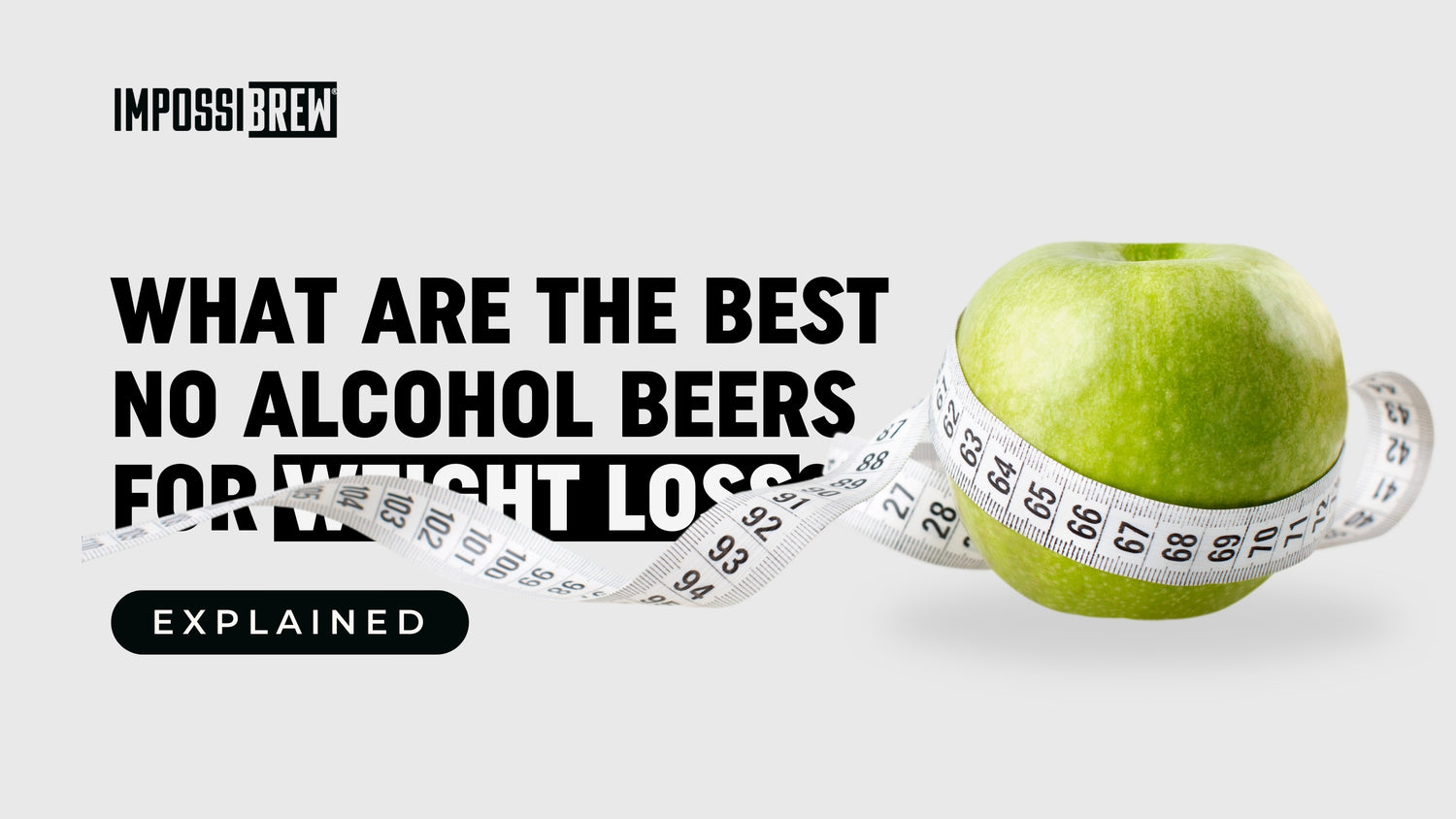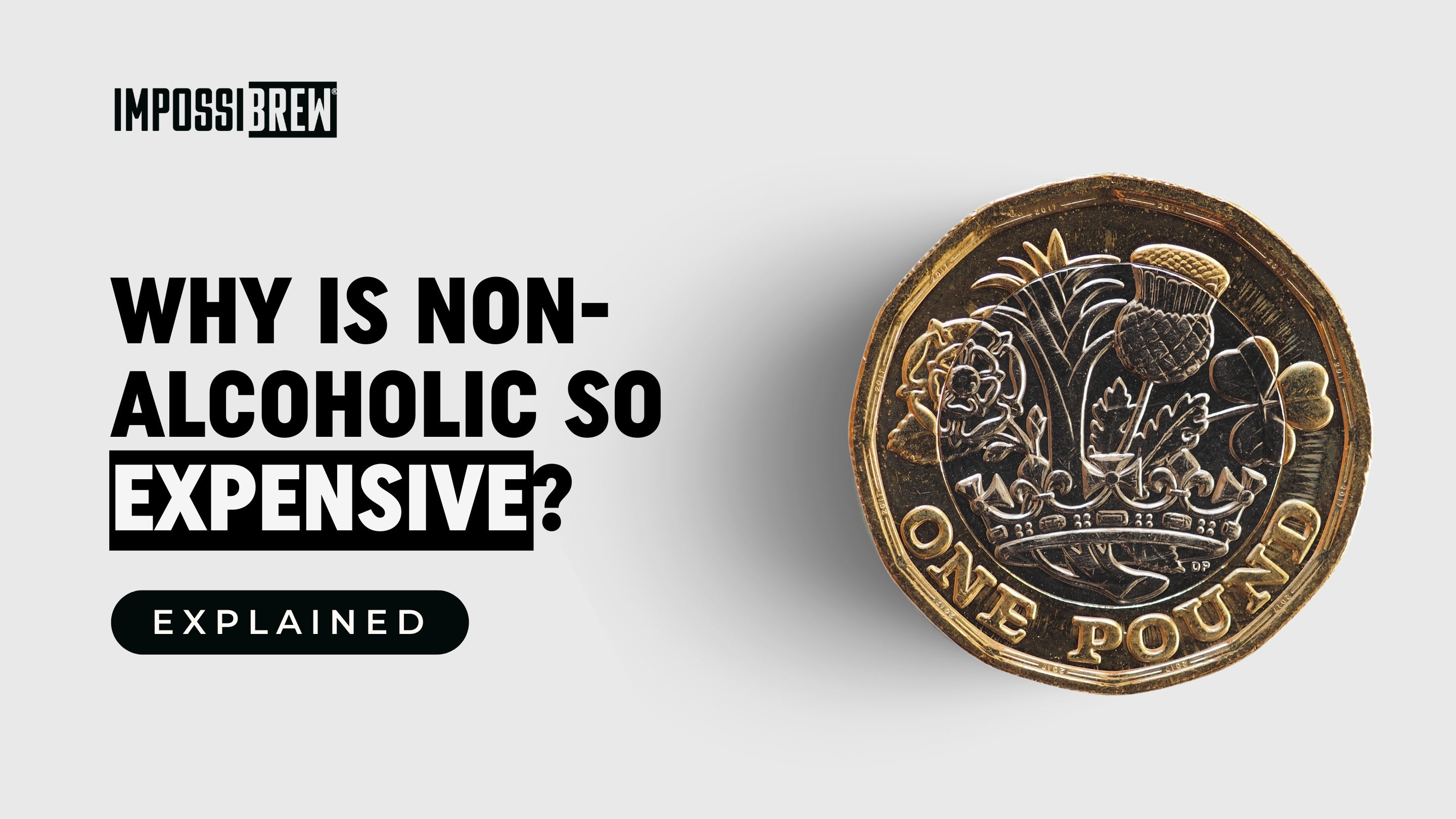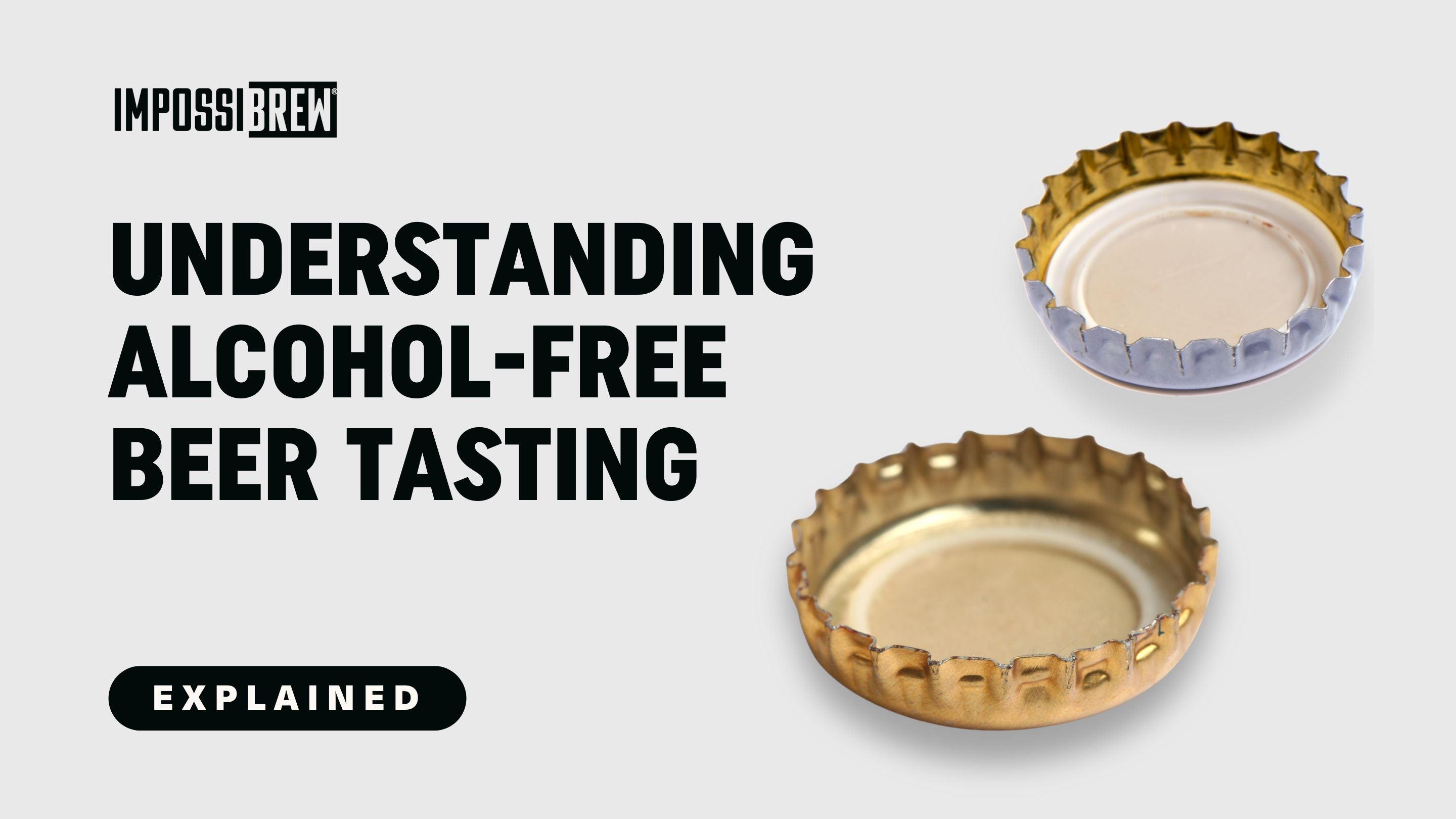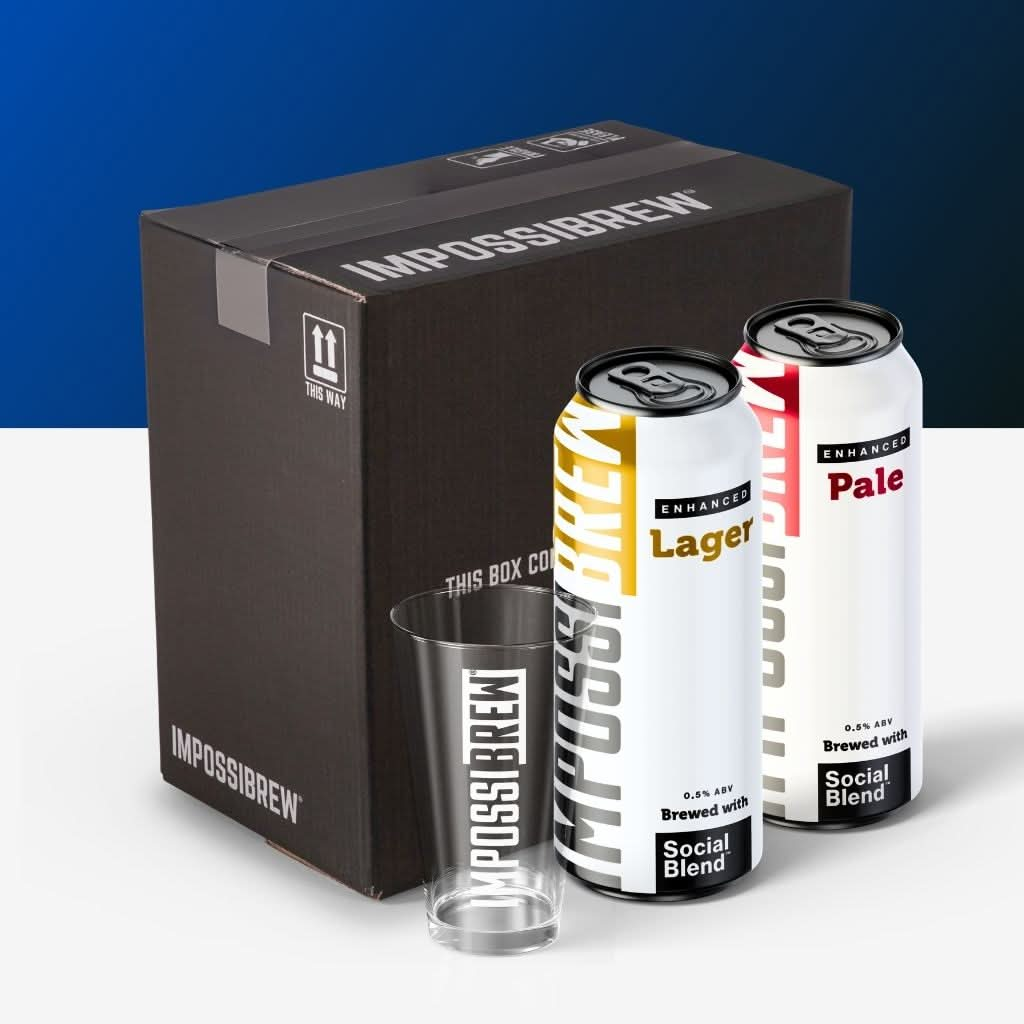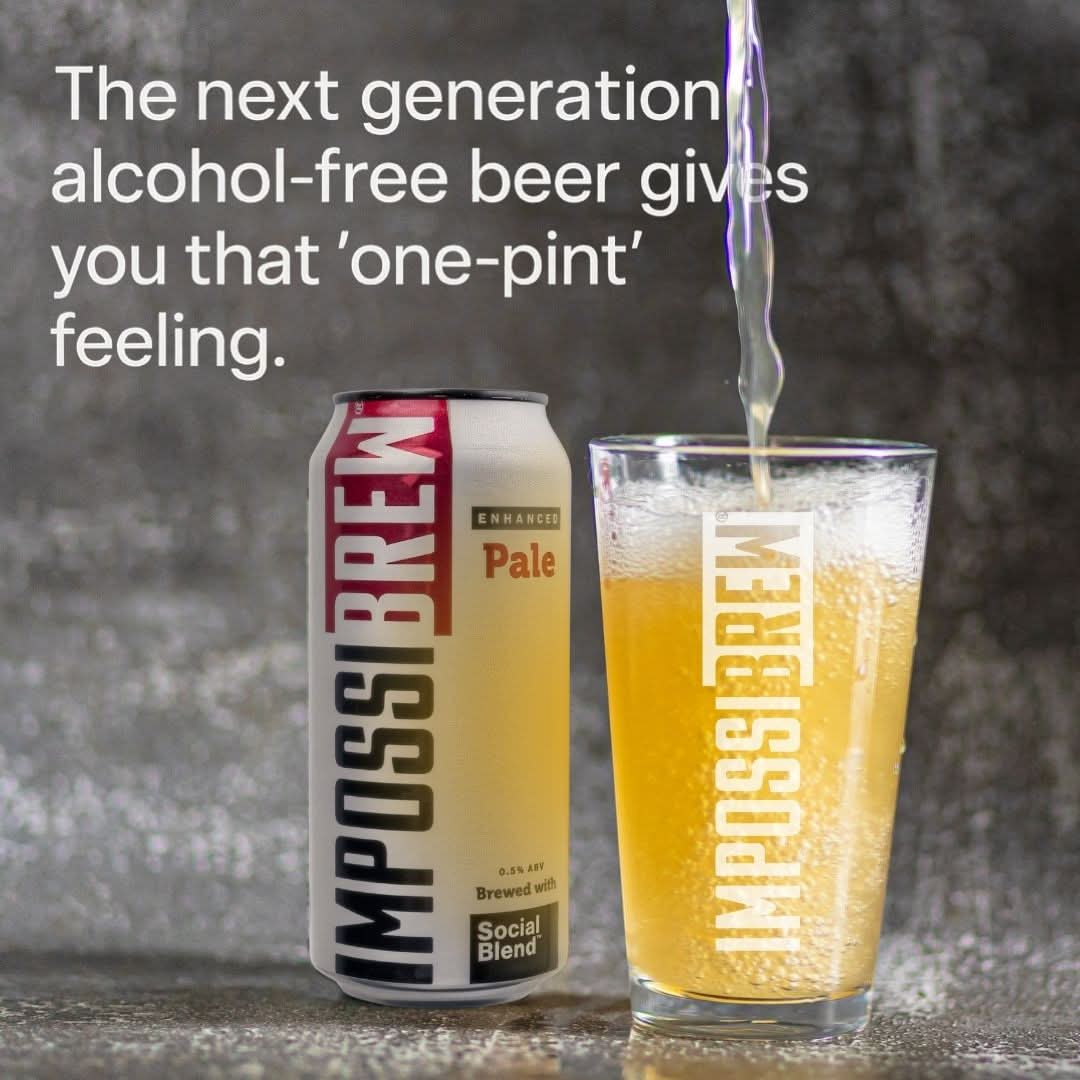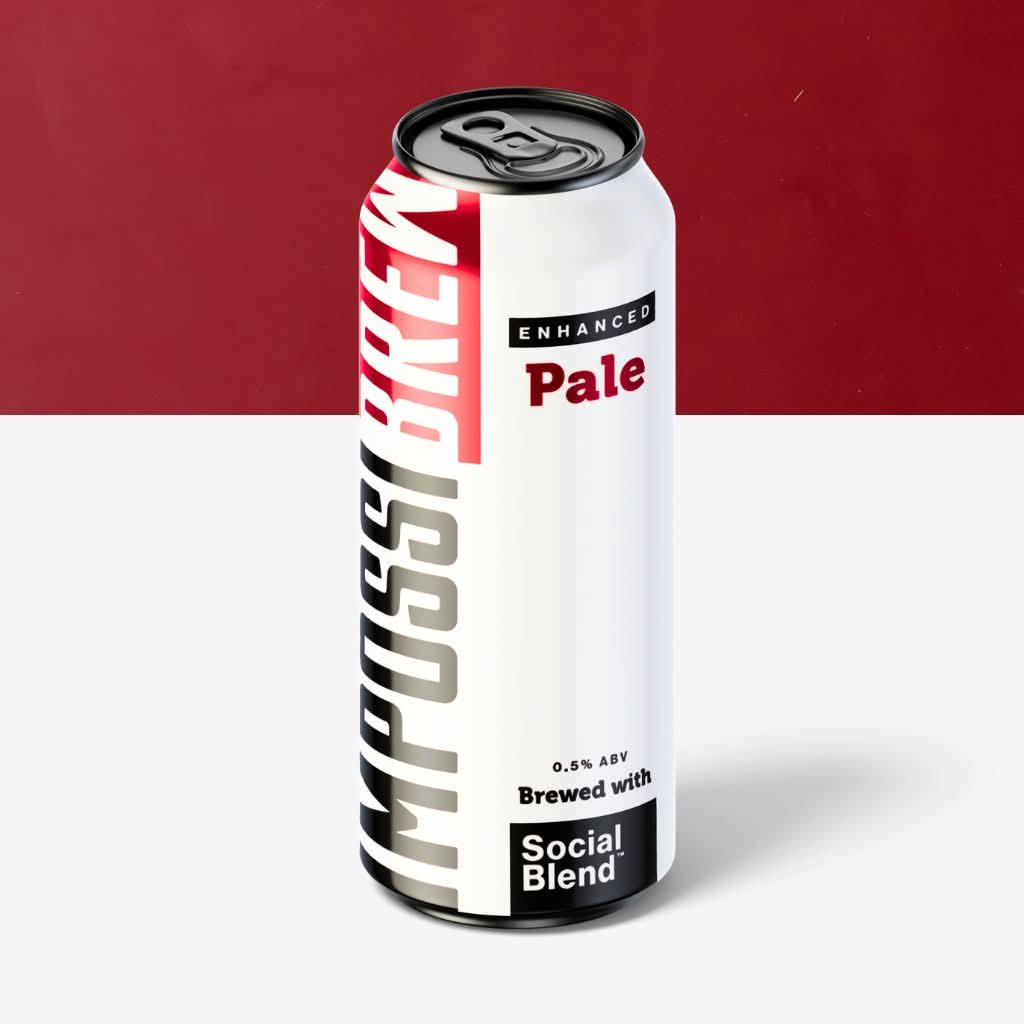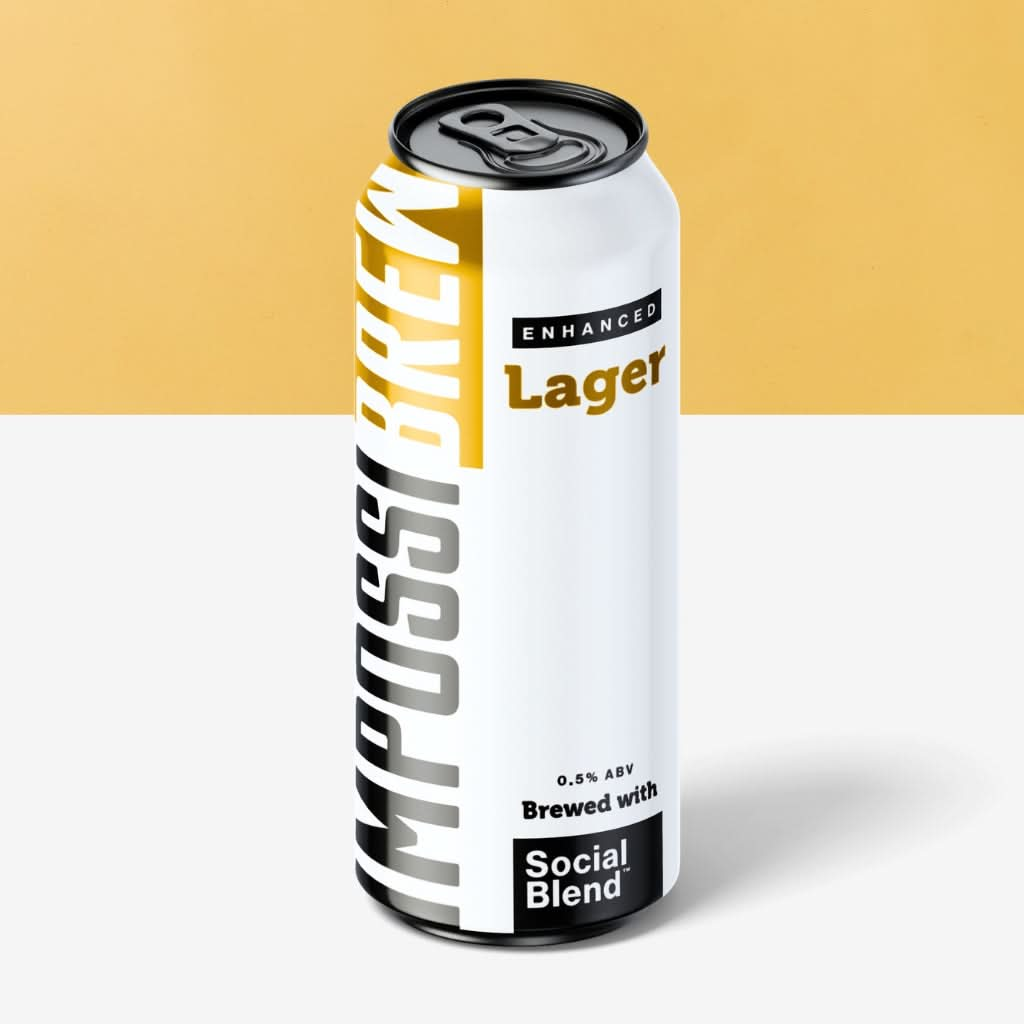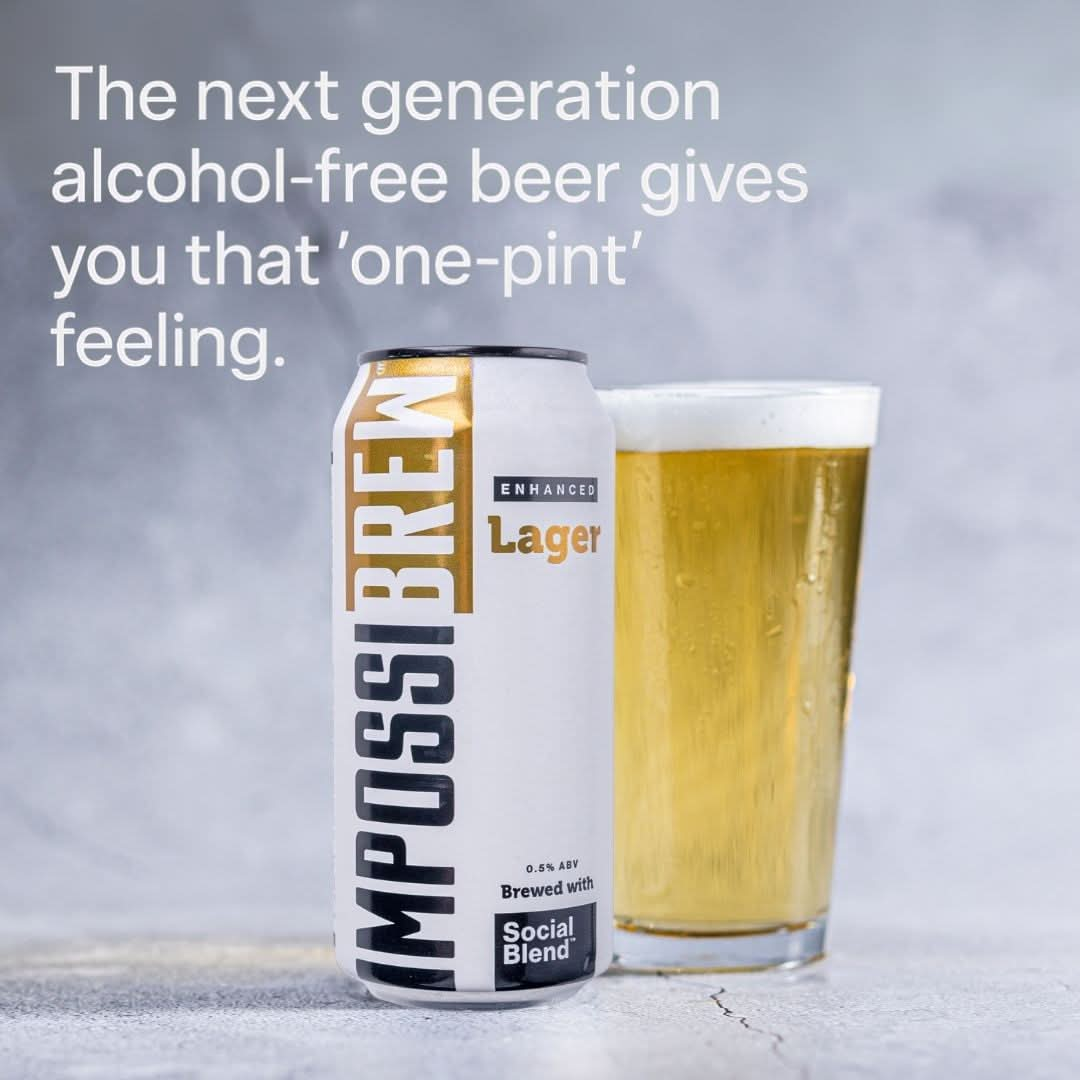Alcohol-free beer has gained popularity as a healthier alternative to traditional beer, particularly for those aiming to lose weight. With significantly fewer calories and the absence of alcohol, it offers a way to enjoy the social and sensory aspects of beer without the associated weight gain and health risks.
Comparing Caloric Content: Alcohol-Free vs. Regular Beer
Impact on Metabolism and Fat Reduction
Alcohol-free beer can positively impact metabolism and fat reduction due to its bioactive compounds, such as polyphenols, which are known to improve metabolic health. Studies have shown that the non-alcoholic fraction of beer may help reduce abdominal fat and improve lipid profiles without the adverse effects associated with alcohol consumption. Additionally, alcohol-free beer enriched with soluble plant fibre has been found to improve postprandial glycemia and insulin resistance, which are crucial factors in metabolic health and fat reduction. Furthermore, regular consumption of alcohol-free beer has been associated with increased gut microbiota diversity, which is linked to better metabolic outcomes and reduced body fat mass. These findings suggest that alcohol-free beer can be a beneficial addition to a weight management and metabolic health regimen.
Role of Non-Alcoholic Beer in Post-Workout Recovery
Best Low-Calorie Beer Option
IMPOSSIBREW stands out as the best overall option for those looking to reduce their alcohol intake due to several key factors. Its unique Social Blend™ aids relaxation, providing a satisfying experience without the need for alcohol. With only 27 calories per 440ml can, equivalent to 6 calories per 100ml, it is one of the lowest-calorie alcohol-free beers available. Additionally, it contains no sugar, is 100% vegan, and has been awarded the UK's best-tasting alcohol-free beer by the World Beer Awards. IMPOSSIBREW also has a minimal alcohol content of 0.5% ABV, which is less than that found in a ripe banana or orange juice, making it a safe choice for those avoiding alcohol. Furthermore, they offer a gluten-free option with their lager, catering to a wider range of dietary needs.
If you fancy a taste, try their Welcome Bundle with a love-it-or-return-it guarantee today at http://impossibrew.co.uk/welcome

